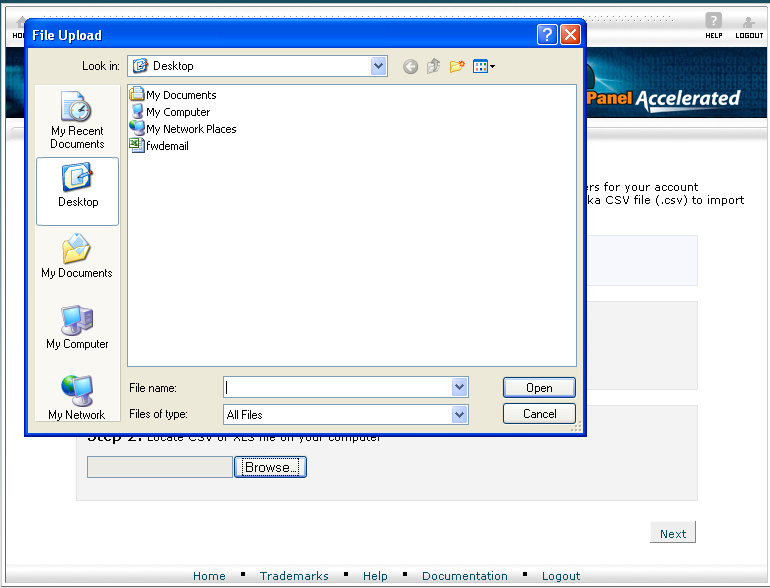

- #Create bulk email accounts manual#
- #Create bulk email accounts full#
- #Create bulk email accounts password#

when we add a line Company $_.company it will force the script to search the CSV file for a column called Company and pull from it all the data for each row of our user list. Additional values can be easily added to the command – e.g. All the field names are treated as names of the Active Directory fields.
#Create bulk email accounts full#
If the file was saved in a location different from the one Exchange Management Shell is running from, a full path to the CSV file needs to be included in the script as well, e.g.

The final step involves importing the CSV file we have prepared earlier and creating the mailbox-enabled user accounts. Importing the CSV file and creating the mailboxes. It can always be changed later according to individual needs.ģ.
#Create bulk email accounts password#
We can now input the desired phrase – it will become the password for all the new users from the CSV list.

$Password=Read-Host “Enter Password” –AsSecureStringĪ notification asking for the password will be displayed. It can be achieved with the following script: Manually assigning a new password for every single user will be a great waste of time – it is better to do it automatically using the Exchange Management Shell instead. The next step is to create a password for all the new users. In this example it was called CreateMailboxes.csv. Once the list is ready, it needs to be saved as a CSV file with a relatively simple name – it will be used later in the script pulling data from it. The header of the list is very important – it cannot be omitted. The example CSV user list looks like that: A detailed how-to explaining that can be found at the end of this article. In the example below the users have been defined according to the following criteria:Īdditional values can be added here as well – virtually for every field available in the Active Directory. The easiest way to do it would be to use Microsoft Excel, but even ordinary Notepad is able to create such a file. The first thing that needs to be prepared is a complete list of all new users and mailboxes in a CSV file (Comma Separated Values). Fortunately there is a way to make this procedure automatic – at least to some extent.
#Create bulk email accounts manual#
Manual creation of even a relatively small number of Active Directory users – followed by assigning a mailbox to every one of them – can take a lot of time, not to mention creating dozens or hundreds of such items. when migrating from an older version of Exchange). Administrators of MS Exchange Server 2007/2010/2013/2016 might find themselves in need of creating multiple mail-enabled user accounts at once (e.g.


 0 kommentar(er)
0 kommentar(er)
